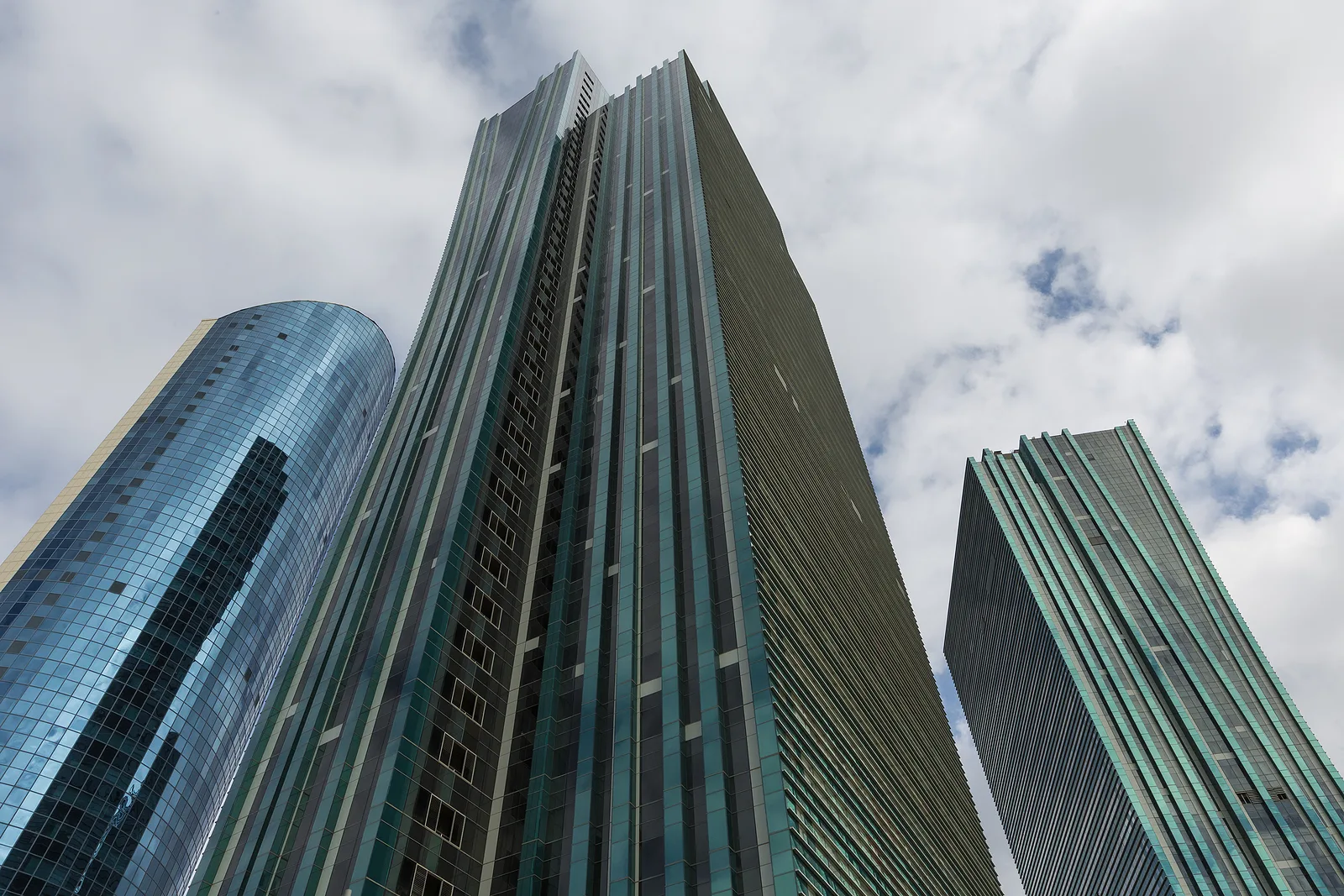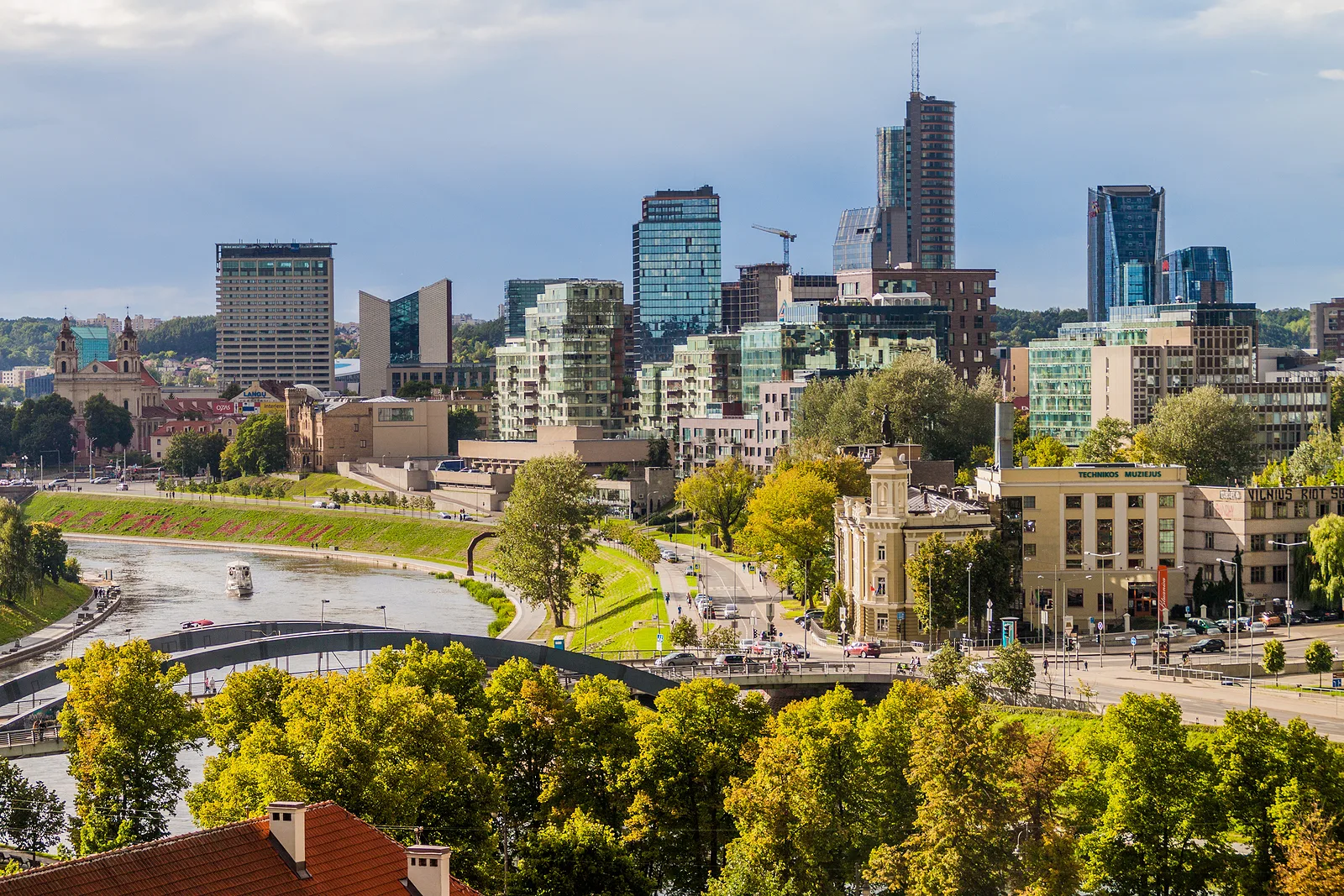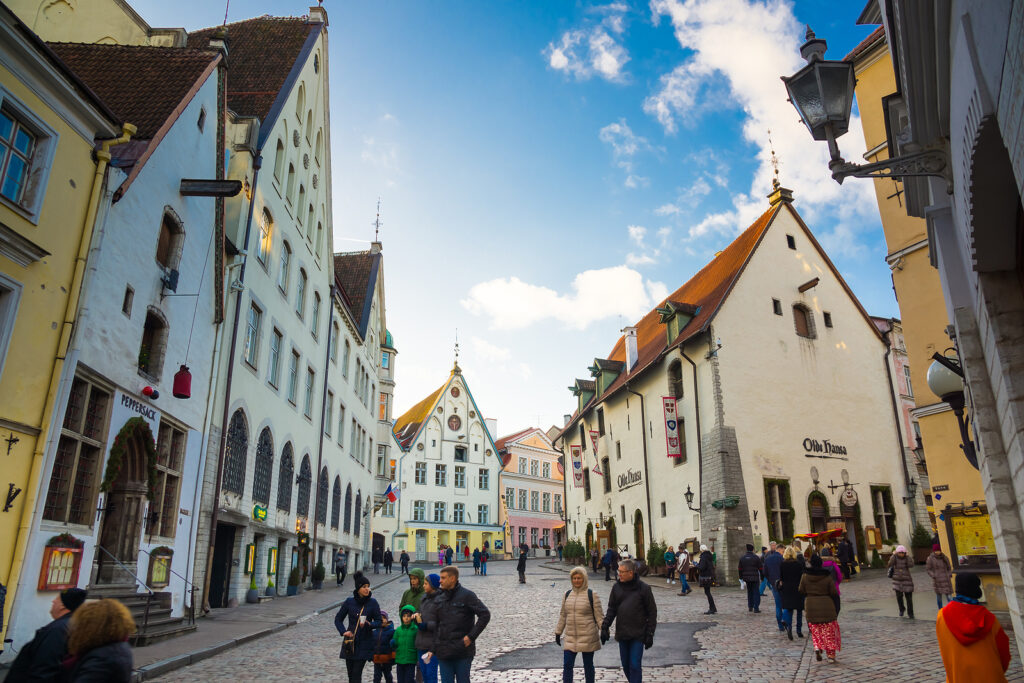Central and Eastern Europe must do more to combat the region’s demographic crisis, a major new report from Emerging Europe has found.
The report, The Future of Emerging Europe 2024, suggests that the creation of more knowledge-based jobs paying higher salaries is key to reversing the region’s demographic decline, which has seen some parts of the region—such as Bulgaria, Croatia, Latvia, Moldova, and Romania—lose more than 10 per cent of their population since 1990, mostly to outward migration.
“Although the region’s net outflow of people has slowed in recent years, the trend remains tilted towards migration. It is imperative that the countries of the region find solutions to reverse the exodus,” says Craig Turp-Balazs, editor of Emerging Europe and one of the report’s authors.
“Moving away from a low-cost, workbench economic model and investing in future-proof education are paramount for the region’s future well-being,” Turp-Balazs adds. “Incentives to convince the existing diaspora to return would also be beneficial, while a more liberal attitude to inward migration from outside the region must also be adopted to plug immediate workforce gaps.”
Reinventing the region’s role
The Future of Emerging Europe 2024 presents a multilayered approach to discussing the region’s future, delving into innovation, entrepreneurship and sustainability. It focuses on five critical dimensions: people, prosperity, planet, partnership and peace.
An overview of what to expect in 2024 and beyond meanwhile offers a better understanding of potential future developments both in the region as well as the individual countries across Central and Eastern Europe and Central Asia
“The current war in Ukraine and other geopolitical crises, technological disruptions and broader global uncertainty are a test for the region, leading public and business leaders to reinvent the region’s role and its sustainable and future-proof growth,” adds Turp-Balazs.
“If stakeholders in the region can adapt and overcome a new crisis, there will be opportunities to build a more resilient and sustainable future.”
This year, the report includes a regional sustainability index exploring close to one hundred different indicators, put together by the Emerging Europe research team. It has been enriched by expert perceptions and illustrative data to facilitate cross-country or cross-subregion analyses.
Estonia tops the index, followed by Slovenia. That Estonia holds such a large gap over the second placed country—more than eight points—is ample evidence that the Baltic state is significantly more sustainable than other countries in the emerging Europe region.
Czechia takes third place, only marginally behind Slovenia. Latvia is then fourth, with Lithuania fifth. That the three Baltic states all take spots in the top five is testament to their commitment to sustainability.
“Estonia sets the standard for many things in emerging Europe, from education and the digitalisation of public services to press freedom and investment promotion. So it’s not really a surprise that it also comes out on top when it comes to sustainability,” says Turp-Balazs.
According to Joonas Vänto, the boss of Invest Estonia, the country is leaping forward, leading the charge in technology, social innovation, and economic sustainability. “With a strong foundation and clear outlook, Estonia is ready to take on the challenges and opportunities of the future,” he says.
“The national strategy, particularly the Digital Agenda 2030, outlines ambitious plans to advance digital literacy, cybersecurity, and public e-services, ensuring that technology continues to be an integral and seamless part of everyday life,” adds Vänto. “A big focus is on research—there’s an action plan for 500 deeptech start-ups, with 75 of them reaching scale-up status. All in all, research and development funding as a share of GDP should cross the one per cent mark by 2035.”
Key recommendations
Besides addressing the region’s demographic decline, the report’s recommendations include making education future-proof, trusting in the power of the digital transformation, advocating for the region’s success, and leading Europe’s defence.
“The traditional methods of education that that have served us well for centuries are now being challenged by the rapid pace of technological advancements and the changing dynamics of the global economy. Emerging Europe must adopt best-practice, tried and trusted education techniques at all levels—from pre-school to life-long learning. It should make use of the know-how of Estonia, which has developed by far the most successful education system in the region,” says the report.
The digital transformation meanwhile holds a transformative power that is pivotal for the region’s future growth and sustainability. As all 23 nations embrace digital technology, they unlock a wealth of opportunities to enhance efficiency, foster innovation, and drive economic development.
“As public and private trust in the power of digital transformation grows, so too does the potential for Central and Eastern Europe to redefine its position on the global stage as a hub of digital innovation and sustainable development,” the report reads.
Leading Europe’s defence
Ukraine continues to resist Russia’s invasion, and some countries in emerging Europe (notably the three Baltic states and Poland, who had been warning of the potential threat posed by Moscow for years) have led Europe’s response.
They have been unflinching in their support, supplying both military and humanitarian aid.
“When NATO chooses its next leader later this year, member states on the Eastern Flank should insist that one of their own lead the alliance forwards,” says Turp-Balazs.
The region also needs to do more to advocate for its success, he adds.
“The theme of this year’s report is ‘grasping the chance to lead’. In many areas, the region already does, from the digital transformation in Estonia to Lithuania’s fintech sector, from the prowess of electric vehicle manufacturing in Czechia, Slovakia, Hungary, Poland and Romania to the wine of Georgia.
“Emerging Europe must do more to spread the word about its many, many success stories. Great things happen in the region and it’s time to show the world that in many fields, emerging Europe is already a truly global leader.”
The Future of Emerging Europe 2024: Grasping the Chance to Lead can be downloaded here.







